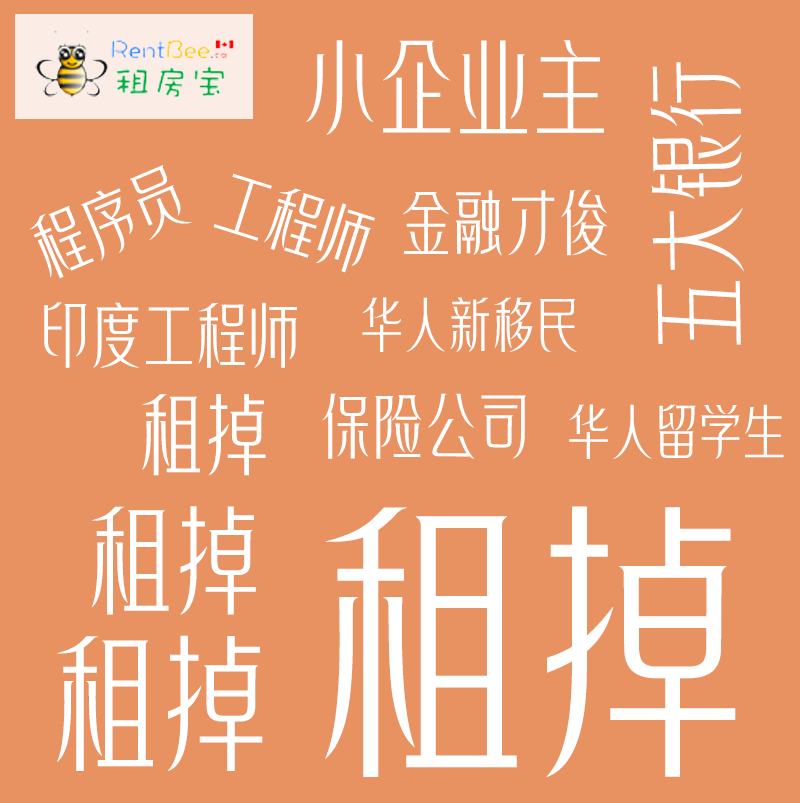LORNA BIRCHAM 教授 自由编织设计师Freelance Weave Designer 伦敦艺术大学切尔西艺术学院纺织设计硕士课程负责人Course Leader of MA Textile Design, Chelsea College of Arts, University of the Arts London Lorna Bircham自1978年从皇家艺术学院毕业以来,一直是切尔西艺术学院(UAL)教学团队的成员,同时也是MA纺织设计课程的负责人。作为一名自由编织设计师和顾问,她的工作在她为学生专业知识做出贡献的过程中发挥了重要作用,并在1996年成立时为Ted(纺织环境设计)档案馆提供了初步资源。 切尔西艺术与设计学院(Chelsea College of Art and Design),原名伦敦学院,成立于1986年,是全世界最优秀的艺术学院之一。切尔西艺术与设计学院在教与学方面的良好声誉吸引着世界各地的学生、教师和访问学者。许多著名的艺术家和设计师的事业就是从切尔西艺术与设计学院开始的。 切尔西艺术与设计学院是全世界最优秀的艺术学院之一,现隶属于伦敦艺术大学 UAL(University of The Arts London)。伦敦艺术大学由地处伦敦致力于艺术、设计及其它相关活动的七所学院联合而成。这七所专业学院是:伦敦传媒学院、伦敦时装学院、坎伯威尔艺术学院、英国切尔西艺术与设计学院、温布尔登艺术学院和中央圣马丁艺术与设计学院,以及2018年新增的创意计算机学院。这七座学院各自拥有不同的专业强项、来自世界各地优秀专业的老师和拥有强大的硬件资源。它们强强联合共同使伦敦艺术大学成为了世界上规模最大的艺术、设计、大众传播以及相关技术的教育中心。 ////////// 5月13日下午,学院很荣幸的邀请到伦敦艺术大学切尔西艺术学院纺织设计硕士课程负责人Lorna Bircham教授在19-531进行了一次讲座。Lorna Bircham教授和我们分享了TED(纺织环境设计Textiles Environment Design)的十条设计法则。 TED~q~S TEN 1.Design to Minimise Waste 最大限度减少浪费的设计 2.Design for Cyclability 3.Design to Reduce Chemical Impacts 4.Design to Reduce Energy and Water Use 5.Design that Explores Clean / Better Technologies 探索清洁/更好技术的设计 6.Design that Looks at Models from Nature & History 7.Design for Ethical Production 道德生产设计 8.Design to Reduce the Need to Consume 减少消费需求的设计 9.Design to Dematerialise and Develop Systems & Services 10.Design Activism http://www.tedresearch.net/teds-ten/ Design to Minimise Waste 最大限度减少浪费的设计 “Of the total textile fibre produced, up to 65% is lost, post-consumer, to landfill, incineration or composting, which represents between 400,000 and 700,000 tonnes per annum in the UK. Of this, at least 50% is said to be recyclable。” “在生产的纺织纤维总量中,高达65%的损失,消费后,垃圾填埋,焚烧或堆肥,在英国每年产生400,000至700,000吨。其中,据说至少有50%是可回收的“ Examples: · Slow design 设计缓慢 · Design for long-life and short-life applications 设计用于长寿命和短寿命应用 · Zero waste cutting 零浪费切割 · Design with enhanced aesthetic value 设计具有增强的美学价值 Design for Cyclability 可循环性设计 Design for upcycling is about "not merely conserving the resources that went into the production of particular materials, but adding to the value embodied in them by the application of knowledge in the course of their recirculation" 升级回收的设计是“不仅仅是保存用于生产特定材料的资源,而是通过在再循环过程中应用知识来增加其中体现的价值” Examples: · Design for recycling / upcycling 回收/再循环设计 · Design for mono materiality 单一材料设计 · Design for disassembly for the closed-loop systems of the future 设计用于未来闭环系统的拆卸 · Think re-useable/non-invasive installation or renewal 考虑可重复使用/非侵入式安装或更新 Design to Reduce Chemical Impacts 减少化学影响的设计 “One cupful of pesticides and fertilisers are used in the production of the average t-shirt” “平均T恤生产中使用了一杯杀虫剂和肥料” Examples: · Seek organically produced materials 寻求有机生产的材料 · Use mechanical technology to create non-chemical decorative surface pattern 使用机械技术创造非化学装饰表面图案 · Create effects to replace materials and processes known to be harmful 创建效果以替换已知有害的材料和过程 Design to Reduce Energy and Water Use 减少能源和水的使用设计 “60% of the total energy consumption in the lifecycle of a t-shirt occurs in the use phase. i.e washing, ironing, drying ” “T恤生命周期中总能耗的60%发生在使用阶段。即洗涤,熨烫,烘干“ Examples: ①In the production phase在生产阶段: · Exhaust printing and dyeing 排气印染 · Dry patterning systems 干式图案系统 · Air-dyeing 空气染 · Distributed manufacture 分布式制造 ②In the use phase在使用阶段: · Design for no/low launder 设计无/低洗 · ‘Short life’ textiles ~q~短命~q~纺织品 · Technical coatings to reduce washing 技术涂料减少洗涤 · Innovative and informative labeling 创新和信息丰富的标签 · Localisation 本土化 · Natural energy systems 自然能源系统 Design that Explores Clean / Better Technologies 探索清洁/更好技术的设计 可循环性设计
减少化学影响的设计
减少能源和水的使用设计
从自然和历史的角度看模型的设计
设计非物质化和开发系统与服务
设计能动性
伦敦艺术大学切尔西艺术学院纺织设计硕士负责人Lorna Bircham教授讲座











0 Comments
Leave A Reply